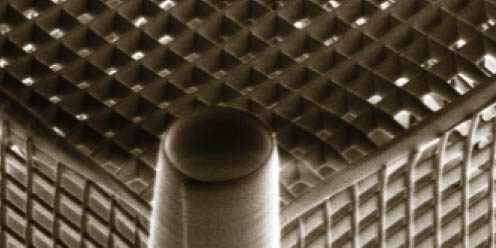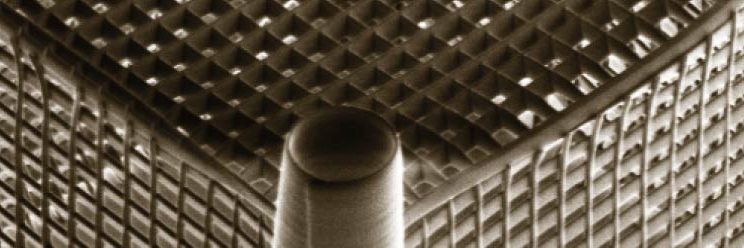The MNE conference focuses on 4 main topics:
1. Advanced Patterning (Lithography & Etching)
This topic is mainly addressing the semiconductor research and industry, and secondly other research and manufacturing sectors, where lithography and pattern transfer are important. Contributions should be focused on the lithographic material, lithographic process, metrology as well as on advanced etching and patterning. EUV, Optical Lithography, Two-Photon Lithography, Electron and Ion Beam Lithography, Nanoimprint Lithography including R2R Nanoimprint, Soft Lithography, Mask- or Template-based Fabrication, MaskLess Lithography, Scanning Probe Techniques, Materials for Micro- and Nano-Lithography, Directed Self-assembly, Novel Nanolithography and Nanopatterning Methods, Advanced Plasma Etching, Plasma Ashing, Nanometrology Inspection and Process Control, Lithography-Etching Simulations. Contributions should be mainly concentrated on a single process/method.
2. Nanofabrication/Manufacturing for Functional Structures/Surfaces
This topic aims at presenting novel approaches or improvements in fabrication of nanostructures, surfaces or nanomaterials in 0D, 1D, 2D, or 3D including biomimetic architectures, as well as demonstrating (multi)functionality and other properties of the developed nanostructures or surfaces. Topics here include, but are not limited to: Nanofabrication (other than nanopatterning), Micro- and- Nanomanufacturing, Plasma Surface Engineering, 3D Nanomanufacturing, 3D Microprinting and Rapid Prototyping, “Smart” (multi)Functional Surfaces with Wetting, Optical and/or Biological Functionality, 2D Materials, Metamaterials, Nanometrology of Structures and Surfaces.
3. Micro-Nano Devices and Systems (MEMS/NEMS) for physical applications, electronics, photonics and energy
This topic encompasses the use of micro/nano fabrication methods for building up new solutions for application areas in Physical disciplines such as Nanoelectronics, Photonics, Plasmonics, Physical Sensing and Energy Harvesting. The solutions can be in the form of devices or complete systems. Contributions should not only describe the fabrication procedure, but should also include demonstration of the application and integration steps. This topic includes, but is not limited to: Nanoelectronic Devices, Photonic and Plasmonic Devices, Nanomagnetism, Data Storage, Physical Sensors, Energy Harvesting Devices, Paper Electronics, Flexible Electronics, Micro & Nano Systems (MEMS, NEMS), Integration of Functionalities, Packaging.
4. Micro & Nano Devices and Systems for Life Sciences, Chemistry, and Agrofood Sectors
Contributions to this topic should address biological, bioanalytical, analytical, food and agrofood monitoring and safety problems and show how micro/nano engineering can provide the appropriate solution, starting from microfluidics, scaffolds, biosensors, all the way to BioMEMS, Lab-on-a-chip and Health Monitoring. Targeted areas can be: Micro & Nano fluidics, Chemical Sensors, BioSensors, Lab-on-a-chip, Cell-on-a-chip, Organ-on-a-chip, Bio-micronano-systems Bio(MEMS), microTAS, applications in health, environmental monitoring, food safety, agrofood










